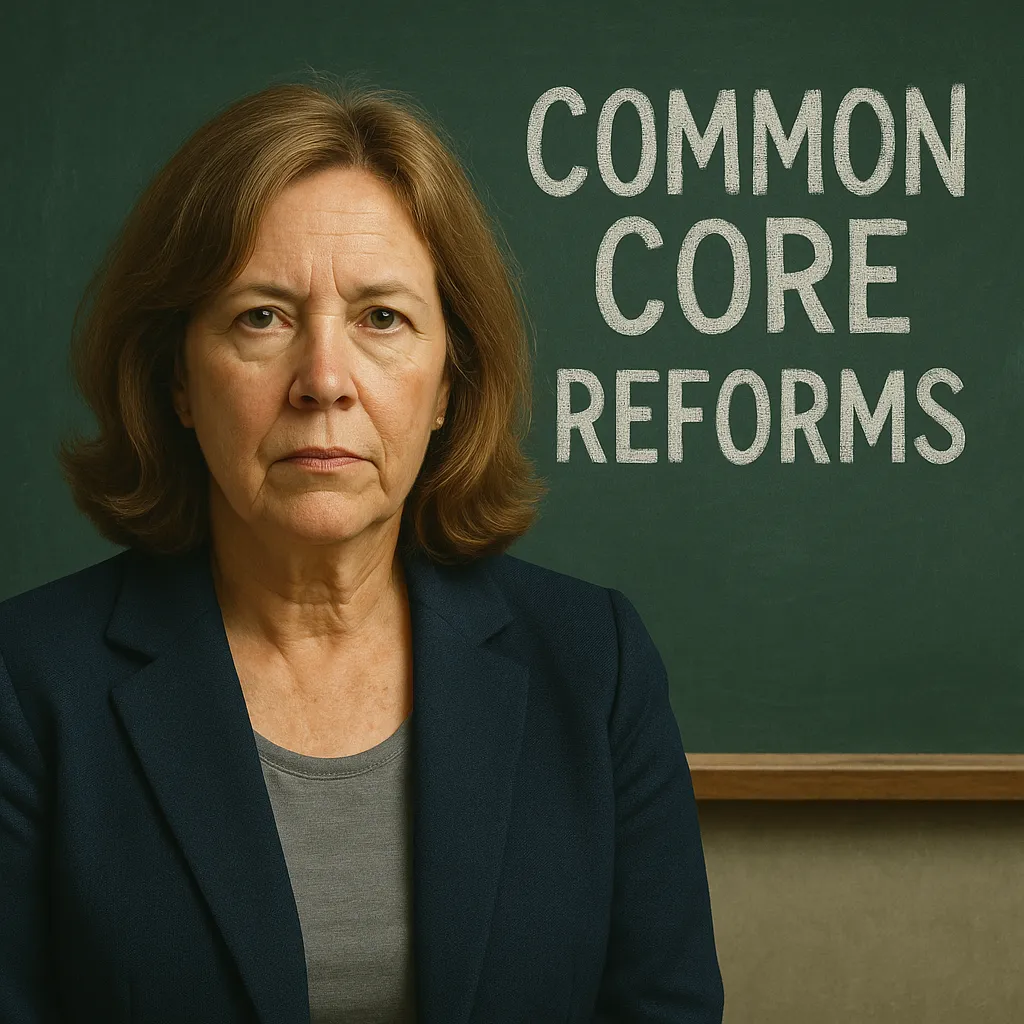Discussions about graduation rates in New York State often focus on the low outcomes in urban districts like Buffalo, Albany, and New York City. These headlines can paint a grim picture, but they rarely explore the underlying causes.
A deeper look reveals that graduation rates are closely tied to economic disadvantage. The schools with the lowest four-year graduation rates also serve the highest percentage of students living in poverty.
Economically Disadvantaged Students Are Concentrated in Big Cities
In New York’s largest cities, economic hardship is widespread among students. Data from the 2008 ninth-grade cohort shows that:
75% of students in large city districts were eligible for free or reduced-price lunch
70% of students in New York City met the same criteria
These high levels of poverty correlate with lower graduation rates—but the data tells a more nuanced story when broken down by district needs and resource levels.
Graduation Success in Low- and Average-Needs Schools
In low-needs districts—typically suburban and well-resourced—only 8% of students qualified for free or reduced-price lunch. Unsurprisingly, these schools posted very high graduation rates, not just for their middle-class students but also for students from low-income households.
In fact, economically disadvantaged students in low-needs schools graduated at a rate of 85%, far exceeding the state average for all students.
Schools with average resource levels, where about 25% of students are low-income, also performed above the state norm. Their four-year graduation rate for economically disadvantaged students was 74.5%, slightly higher than the statewide average of 74% for all students. Overall, 85% of all students in these schools graduated on time.
A Statewide Issue Hidden in Plain Sight
The connection between poverty and graduation outcomes is not a minor detail—it is central to understanding the performance of New York’s schools. Yet, this essential context is rarely acknowledged in official conversations about education policy.
A striking 44% of all students who entered 9th grade in 2008 across New York State were economically disadvantaged, but this statistic has not featured prominently in statements from the Governor or the State Education Department.
Poverty Isn’t Destiny—If Schools Have the Right Support
The success of low-income students in well-funded schools provides strong evidence that poverty does not have to determine academic outcomes. When schools are equipped with adequate staffing, targeted services, and strong community support, disadvantaged students can—and do—excel.
The disparity in graduation rates between high-poverty and low-poverty districts should not be seen as inevitable. It reflects systemic inequality in how schools are funded and supported. To address it, New York must close the funding gap and provide schools in high-needs districts with the same level of intensive academic and social services that their low-needs counterparts offer.
This means scaling up supports like reading specialists, counseling services, extended learning opportunities, and family engagement programs—not only to match the need, but to proactively counter the effects of concentrated poverty.
A Path Toward Real Equity
Solving New York’s graduation gap won’t happen through standardized testing or accountability mandates alone. It requires a deeper commitment to resource equity and targeted investment. The performance of low-income students in low- and average-needs schools proves that outcomes can improve when conditions are right.
As policymakers continue to debate education reform, the focus must shift from punishment and rankings to access and support. The numbers are clear: when schools are not overwhelmed by poverty and have the tools they need, students thrive—regardless of income.



